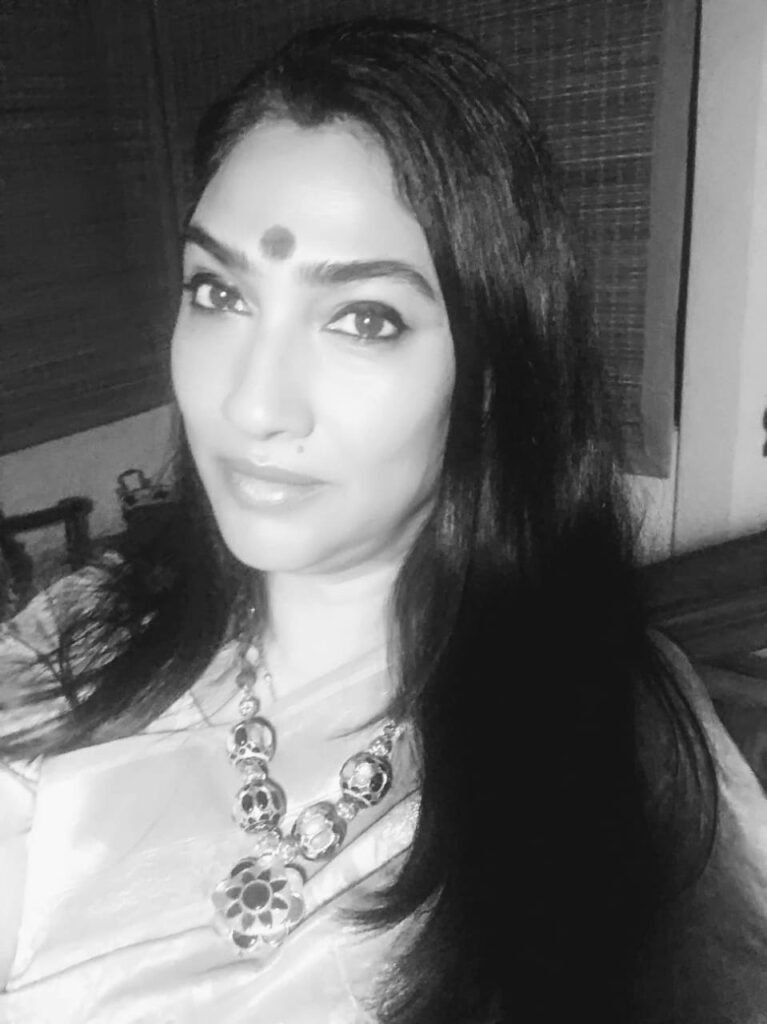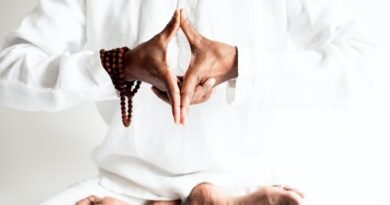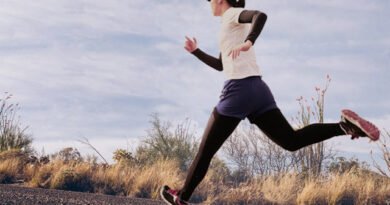Yoga Postures
Yoga Postures
Pinki Hazarika
Let us have a little knowledge of the postures and then learn with proper guidance of a trained practitioner.
- Ustra = Camel : Asana = Posture or Pose
Ustrasana is an intermediate level back-bending yoga posture known to open Anahata (Heart chakra). This yoga posture adds flexibility and strength to the body and also helps in improving digestion.
How to do Camel Pose (Ustrasana)
Kneel on the yoga mat and place your hands on the hips.
Your knees should be in line with the shoulders and the sole of your feet should be facing the ceiling.
As you inhale, draw in your tail-bone towards the pubis as if being pulled from the navel.
Simultaneously, arch your back and slide your palms over your feet till the arms are straight.
Do not strain or flex your neck but keep it in a neutral position.
Stay in this posture for a couple of breaths.
Breathe out and slowly come back to the initial pose. Withdraw your hands and bring them back to your hips as you straighten up.
Camel Pose (Ustrasana) for Beginners
You may place a cushion below your knees to ease your way into the pose.
Benefits of the Camel Pose (Ustrasana):
Improves digestion.
Stretches and opens the front of the body. It also strengthens the back and shoulders.
Relieves the body of lower back ache.
Improves flexibility of the spine and also improves posture.
Helps overcome menstrual discomfort.
Contraindications of the Camel Pose
Back injury or neck injury, high or low blood pressure: Perform this pose only with the supervision of an experienced teacher.
Follow-up Poses:
Ustrasana can be followed up with Setu Bandhasana.
Yoga practice helps develop the body and mind bringing a lot of health benefits yet is not a substitute for medicine.
- Wheel Pose — Chakrasana (CHAAH-kraa-SUN-ah) or Urdhva Dhanurasana — also called as Full-Wheel Pose and Upward Bow Pose, is a backbending posture that opens up the chest, tones the thighs, abdomen and arms, and engages the whole body. As a heart-opening stretch, this pose helps release sadness and depression. It gets its name from the Sanskrit words, chakra, meaning wheel, and asana, meaning posture.
Level of Difficulty: Intermediate/Advanced
How to do Chakrasana:
To begin, lie on your back.
Bend your knees so that your feet are flat on the floor in a parallel position in line with your sitting bones, about a foot’s distance away from your hips. Press your feet firmly into the floor.
Place your hands on the floor just above your shoulders with your fingers facing your shoulders.
Press into your hands and lift your upper body off the mat, resting the crown of your head lightly on your mat.
Press into your feet and lift your legs, pelvis and abdomen off of the mat, activating your inner thighs.
Push more into your feet, bringing more of your weight into your palms. This will protect your lower back.
Maintain strength and stability in your arms by continuing to press firmly into the mat.
Let your head hang in a neutral position, making sure not to strain your neck.
Hold for 5-10 breaths.
To exit the posture, slowly lower your arms and legs and bring your spine back onto the mat vertebrae by vertebrae.
Benefits of Chakrasana:
Increases energy and heat
Strengthens the arms, legs, spine, and abdomen
Opens the chest
Stretches the shoulders
Stretches the hip flexors and core
Strengthens the glutes and thighs
Increases flexibility in the spine
Precautions
Back problems (especially lower)
Shoulder injury
Pregnancy
High or low blood pressure
Modifications and Variations in Chakrasana
To modify: If you are a beginner and/or have limited flexibility in your spine, start with Bridge Pose.
To increase challenge: Slowly move your hands closer to your feet, shortening the distance between your hands and feet and increasing the height of the wheel shape. Make sure to continue pressing firmly into your feet and shifting the weight towards your hands.
Preparatory Poses and Follow up Poses
Standing Backward Bend | Ardha Chakrasana (Preparatory)
Cat/Cow Stretch | Marjariasana and Bitilasana (Preparatory)
Bow Pose | Dhanurasana (Preparatory)
Fish Pose | Matsyasana (Follow-up)
While a regular yoga practice can result in improved health, know that it is not a substitute for medical treatment. It is important to learn and practice yoga under the supervision of a trained teacher. In the case of a medical condition, practice yoga after consulting a doctor.

Pinki Hazarika
Art of living Faculty
Regional Director GEP
Has been with the organisation since 20years, a meditator, a yoga enthusiast and an ardent devotee of Gurudev Sri Sri Ravishankar ji




